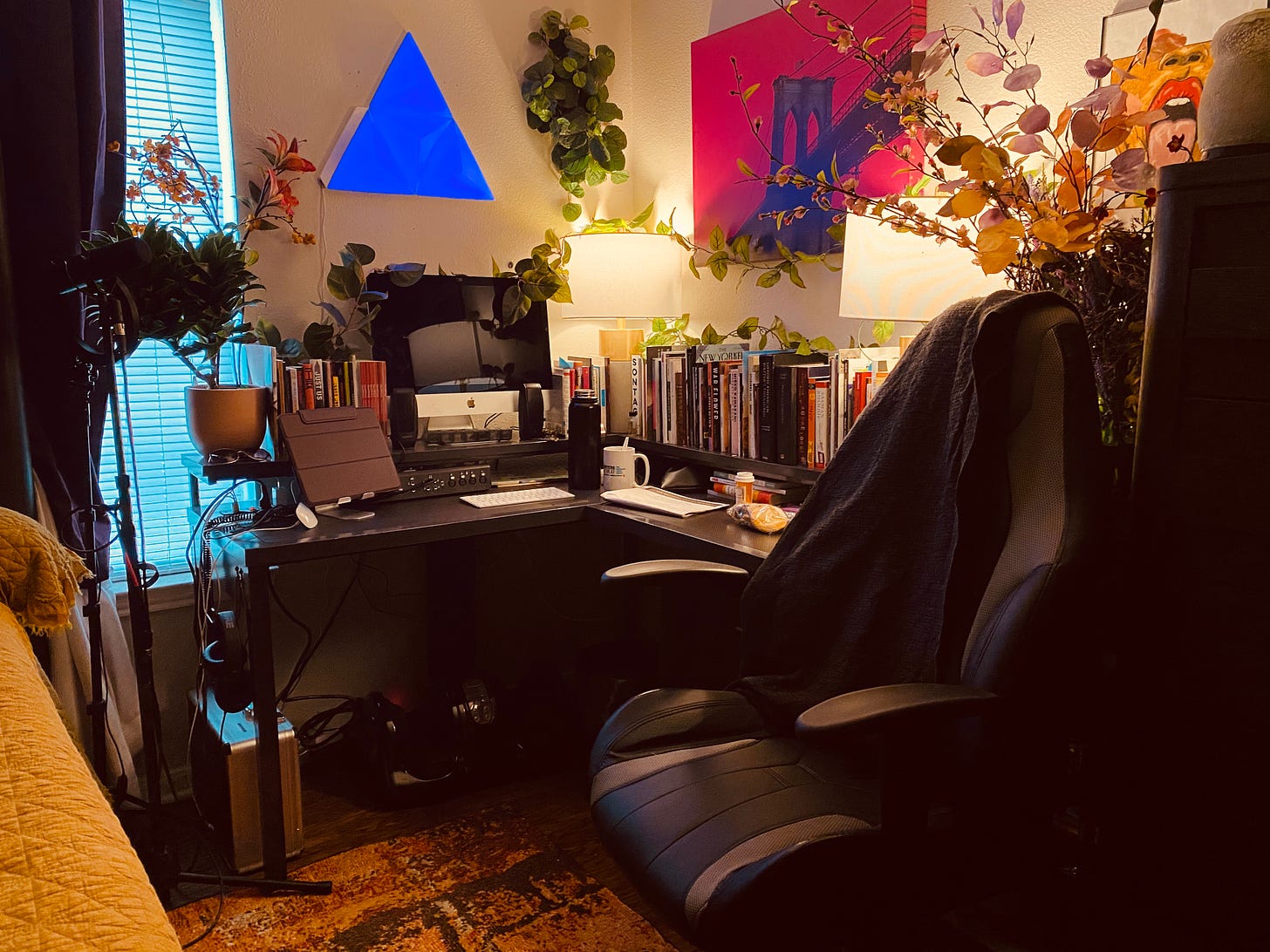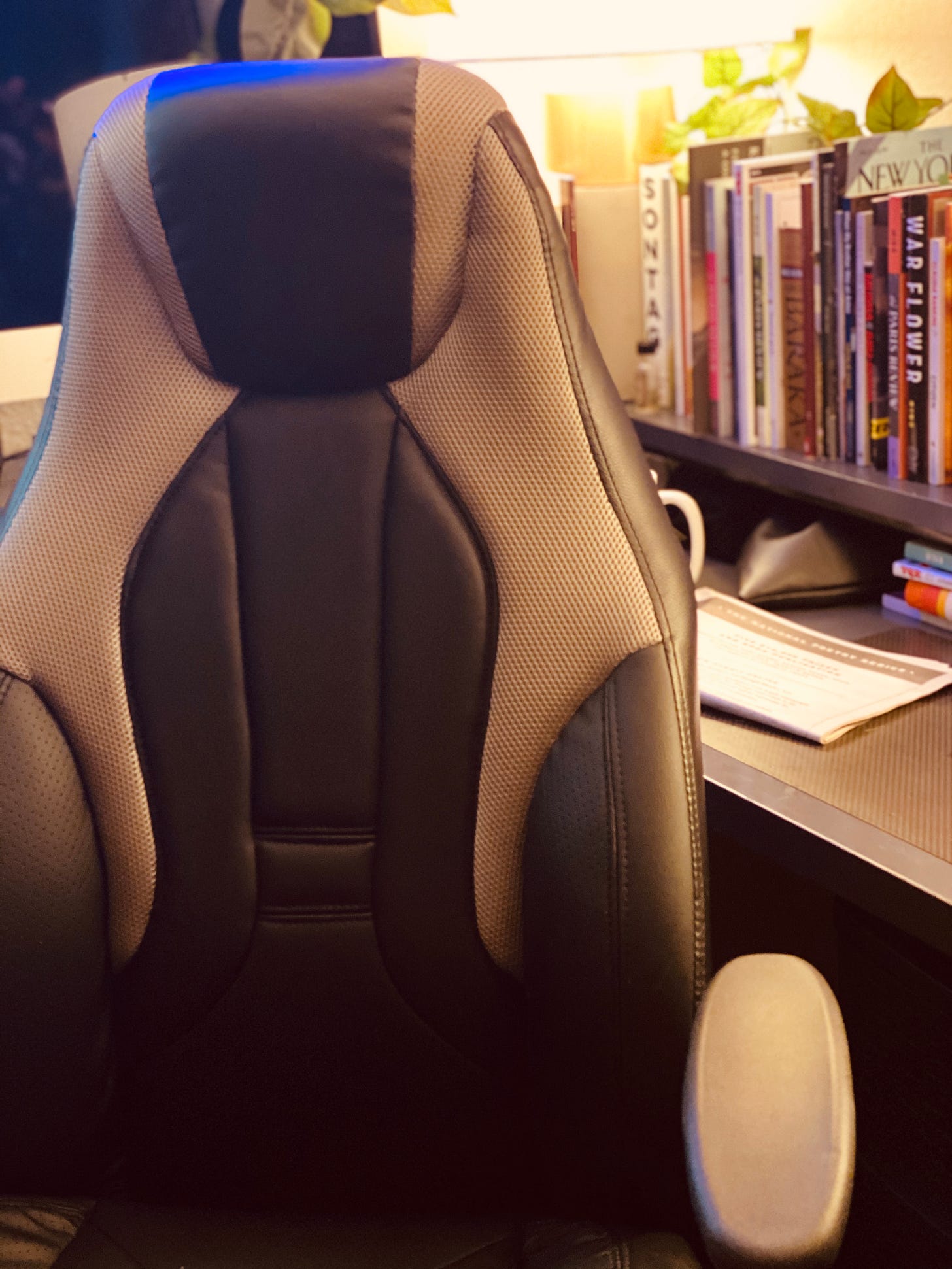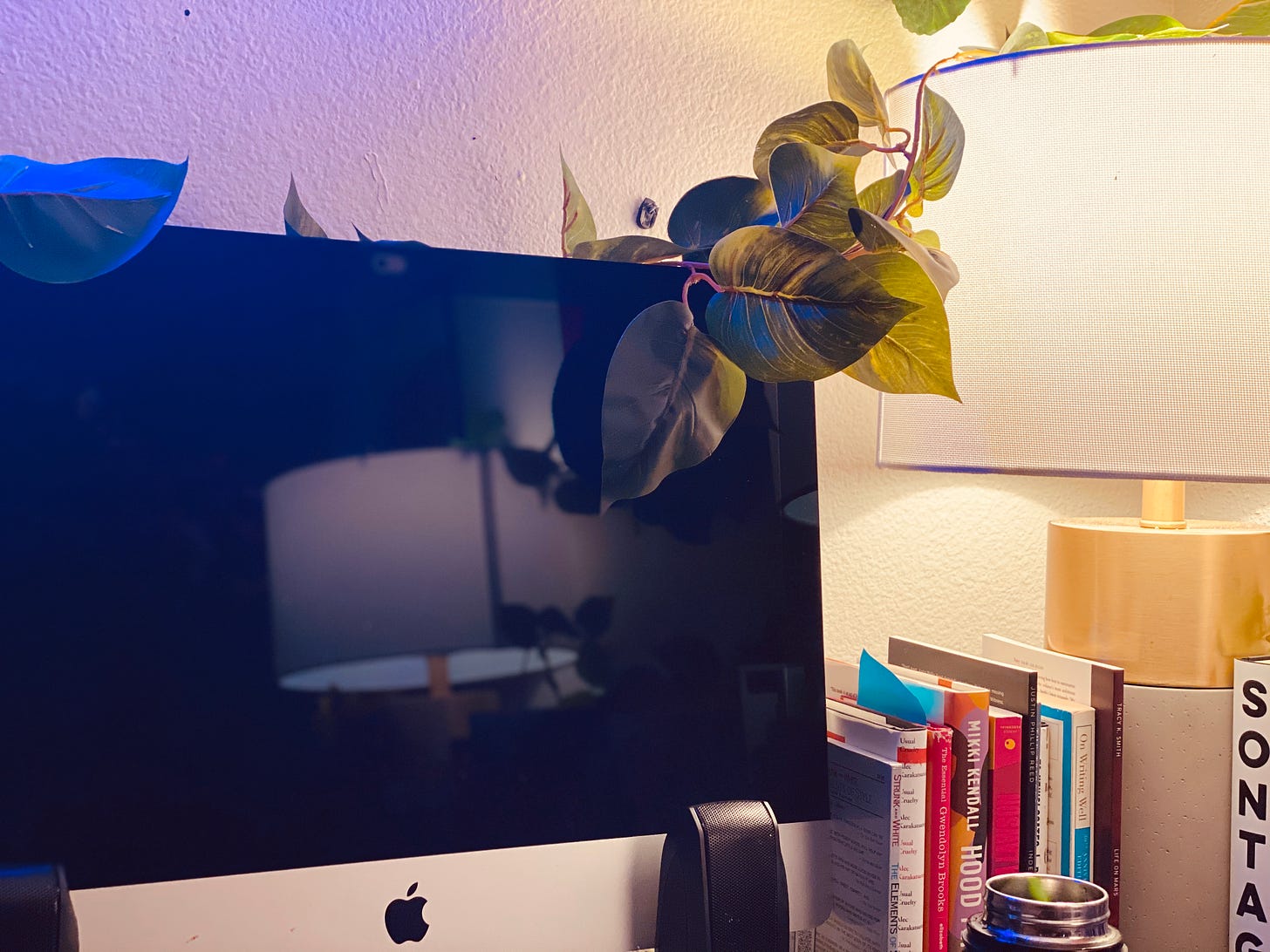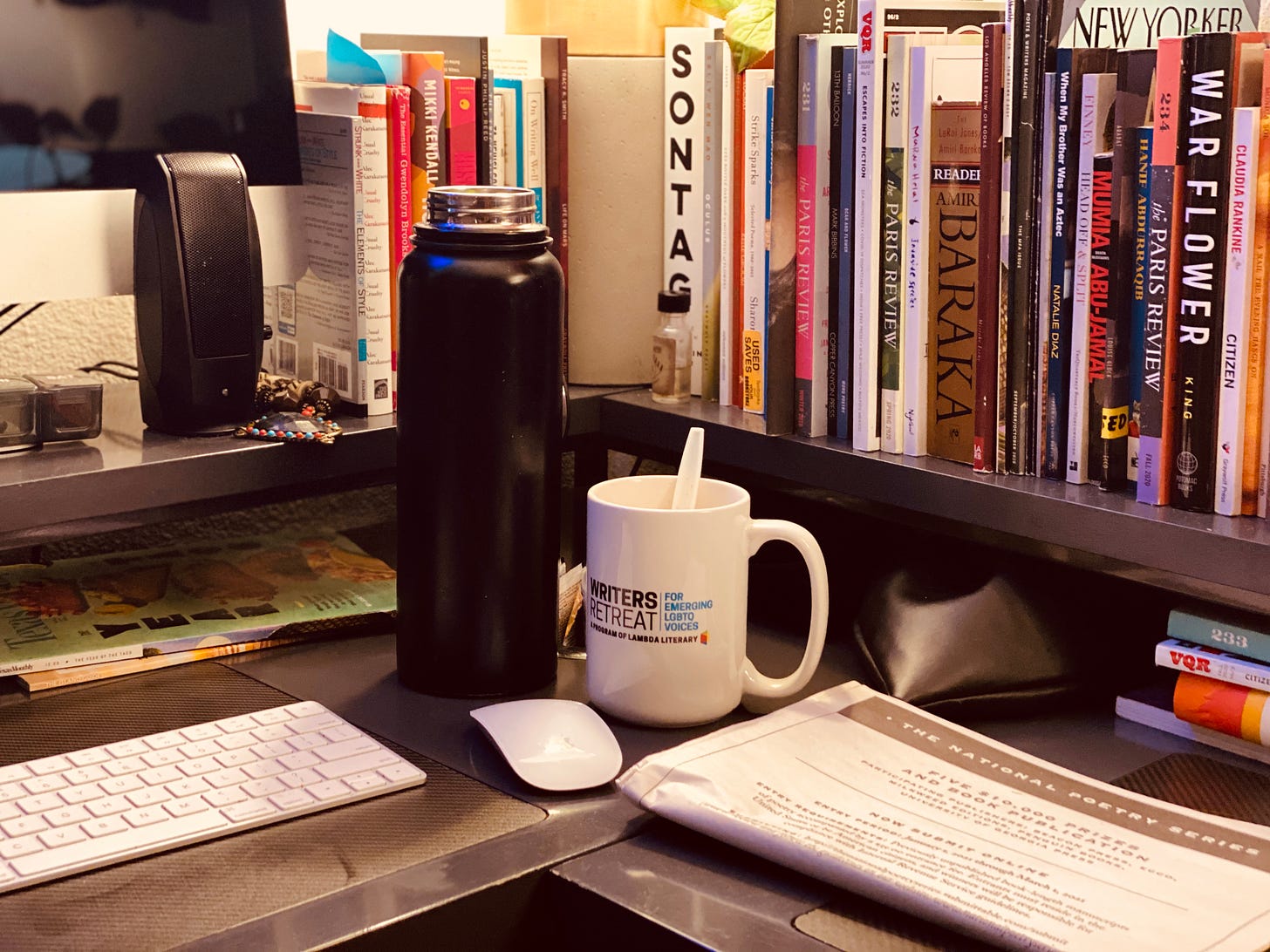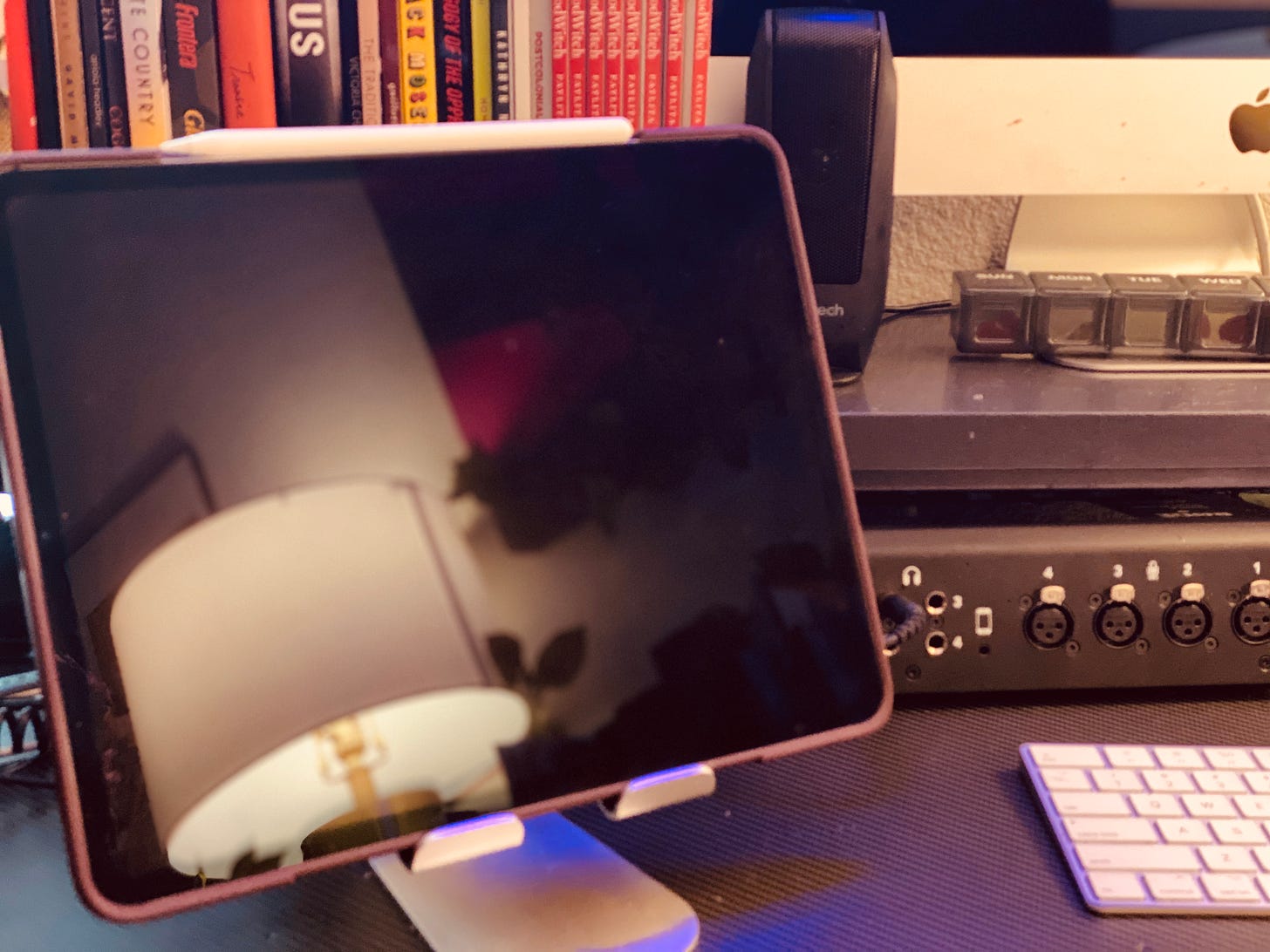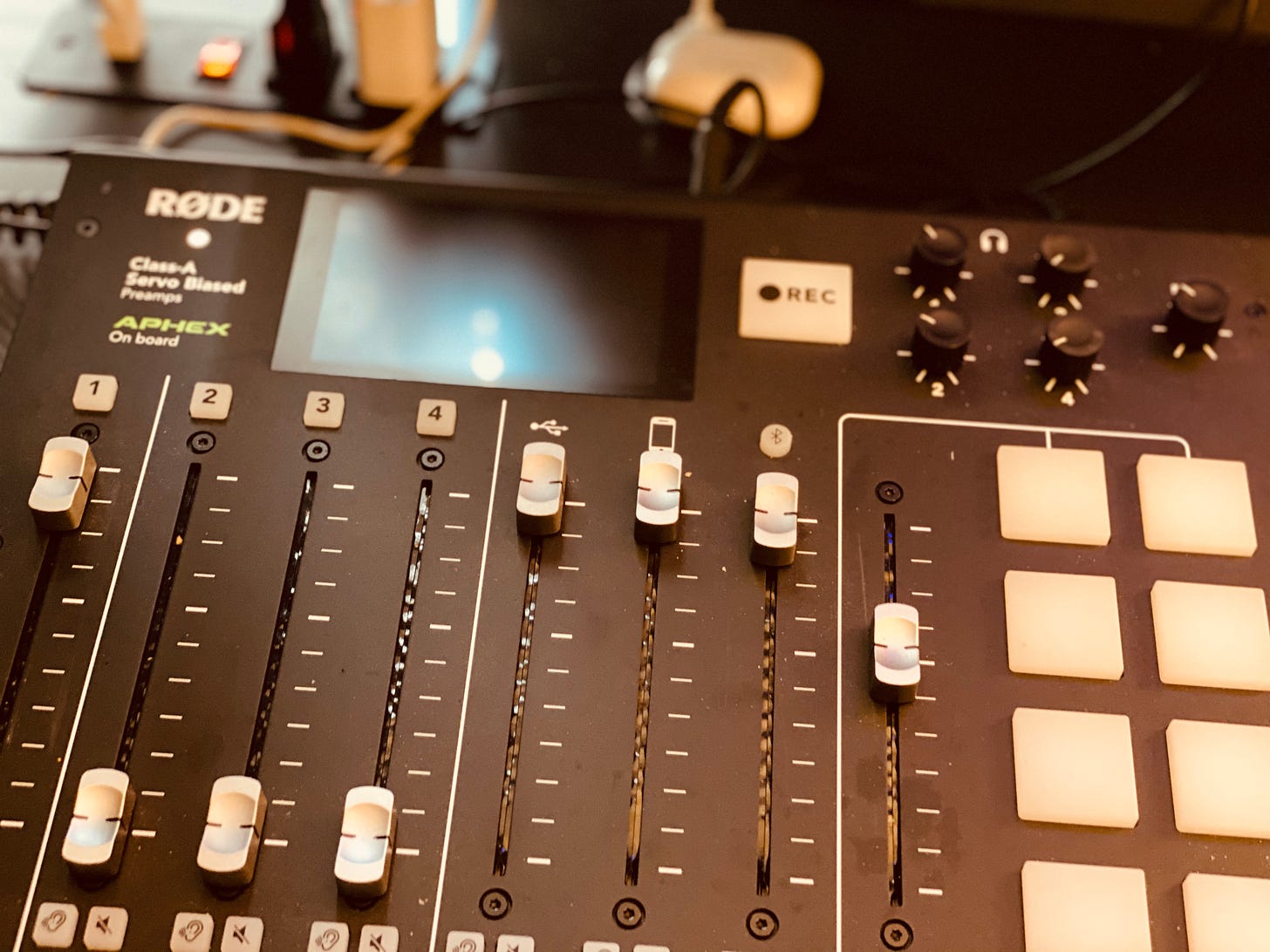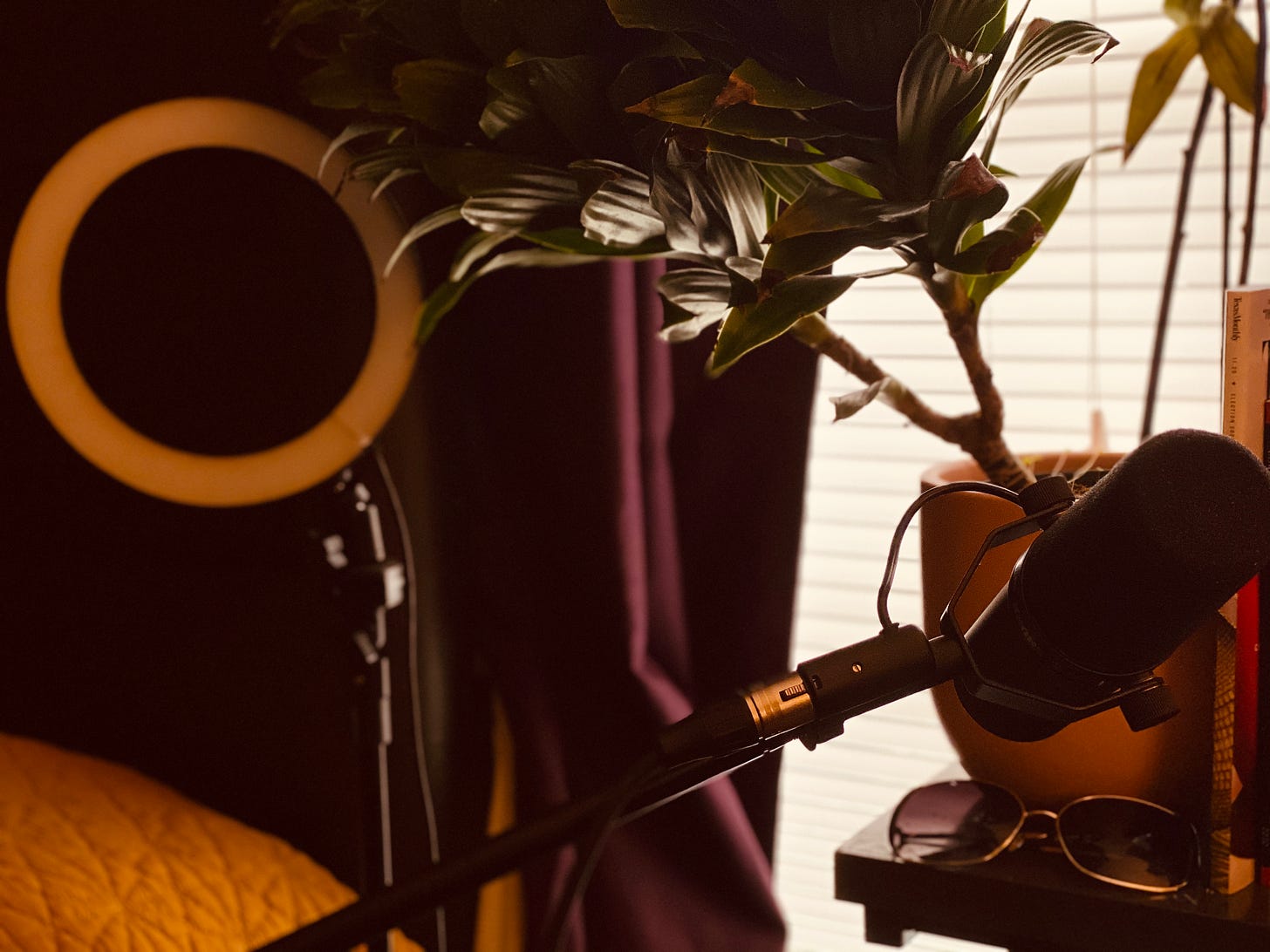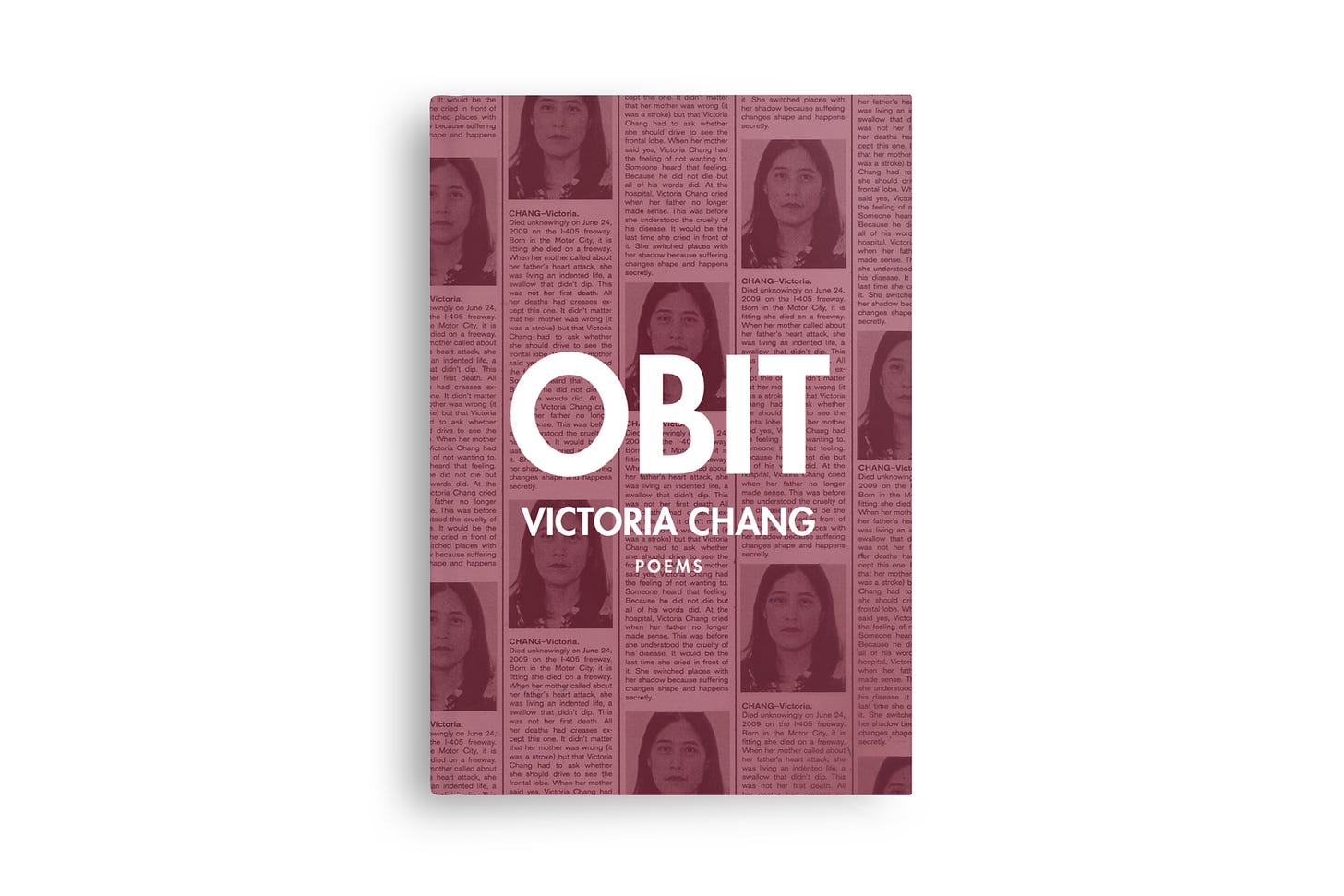My favorite place in the whole apartment—my writing desk.
A Dynamic Creative Space
Before I can tell you what I know about publishing, I have to tell you what I know about creating. And what I know about creating is that you should never underestimate the power of a dynamic creative space.
When you make an effort to designate a physical space for creativity, you are preparing your mind and your spirit for creation as well. Intrinsically, you will know that you are entering into that space intending to develop a creative idea. Over time, it will become easier and easier to transition into this creative space with confidence and joy, knowing that something magical is about to happen.
Throughout the ages, authors have noted the different ways in which they have cultivated creative spaces in their homes, or in some cases, outside of their homes, to prepare their minds and spirits for what can be mentally taxing work.
Think Maya Angelou, who famously rented a hotel room just for writing. Or Friedrich von Schiller’s need to smell rotten apples before writing. Or Virginia Woolf’s infamous “A Room of One’s Own.”
If there is anything to take from these authors, who are never perfect or without the need to be critiqued, it’s that the author often needs to make their physical space invoke their creativity.
Here some benefits of cultivating a creative space for yourself:
You get to “go to work” on your passion. When you set up a dynamic creative space, you are telling your body and your mind, “I’m going to get things done here.” Your body and mind will respond in kind every time you enter that space.
You learn more about what makes you feel inspired, and as a result, how to keep yourself inspired. Once you know what physical elements you really respond well to, you can recreate this setting no matter where you are or what the circumstances become. This will also help you work through writer’s block.
You can easily leave and return as the need arises. Sometimes, when we’re feeling frustrated with a line or are upset about the direction something we’re working on is taking, we feel the need to walk away. It’s hard to physically leave that frustrating place when it’s in the living room with family or if it’s in our bedroom. Though my office is in my bedroom because my apartment is small, I have quartered off the room to feel as though I am in a different space when I feel frustrated and need to leave. One corner of the room is designed differently from another quarter of the room. My space’s design still works well together, but I don’t feel like I’m still in my office when I head to my meditation corner or over to the bed.
We can set ourselves up for success. Man, nothing is more amazing than waking up and knowing everything is exactly where I left it the day before. Sometimes, when we create in a communal space, we risk not having our helpful elements available to us, or we have to pack and unpack everything we want to use. By cultivating a special space, we can leave and know that everything we need—will be there when we return.
My Infamous Writing Desk
Though I work in everything from music to photography, writing is my primary passion. My desk reflects that. It also dons a few more things that I’ve found to be important and helpful to my life as a professional writer. Let’s take a look!
The Writing Chair
I spend upwards of eight to ten hours a day in this chair, writing, leading workshops, doing craft talks, making podcasts, researching, and more. Because I wanted to make sure I kept the blood flowing in my legs and preventing my back from undue hardships, I invested in a gamer chair. These bad boys are made for long bouts of heavy-duty use, and I’ve loved mine since I purchased it.
The Happy Place
I know it’s a little difficult to see, but off to the mid-right, under the shelf, is a place where I keep all my pens, markers, and info. I sometimes need to fill out contracts or sign checks, and it's nice to have it handy.
I’ve also included my face masks, meds, and cookies in this shot because I wanted to be more realistic to an everyday situation. I easily forget my meds and my face masks. Having them on the desk assures that I’ll be able to find them quickly. The cookies are for num nums. Occasionally, I work for so long on one project I’ll forget to take a break and snack. One look at the cookies or whatever else I’ve got on the desk, and I know it’s time for a break.
The Screen
I’m legally blind, so having great lighting is supercritical to my writing. I’ve got several LED lamps and threw in for a large monitor. I wanted to make sure I could see everything clearly. I’ve also found that have static natural lighting helps with my mood, and having a color-changing LED helped with my inspiration—more on that in a moment.
The Hydration Station
I am notorious for having several cups of liquids on my desk at all times: Water, coffee, shakes. Water keeps me from getting headaches, coffee keeps my typing, and fruit shakes or protein shakes to keep me entertained. When I’m deep in a project, I’ll find myself reaching for each on rotation, so I try to keep them all on the desk throughout the day.
Behind the drinks, you’ll see two black leather bags holding tarot cards, a multi-colored necklace from a shaman, and a small bottle of oil. That there is one of my conjuring oils. Occasionally, I might feel the need to get a little extra help from the ancestors by rubbing my hands down in this. I also keep two small bills under my keyboard for prosperity. In a future post, I’ll talk about the value of integrating your spiritual beliefs into your writing practice. When you write into your spiritual practice, your work will be given new life—no matter your religious or non-religious beliefs!
The Noise Machine
Earlier this week, I posted a note about one of my chaotic reading habits. Here are another one of those chaotic habits. I use background noise from music, audiobooks, and tv shows to help me edit my own work (not yours, of course) or complete nonwriting tasks.
When it comes to editing, I’ll use background noise to distract me from new edits, only turning the sound off if I am more interested in what I’m reading than in what’s happening on the Ipad. Chaotic? Absolutely! But it works for me.
The Rodecaster Pro
I’m no tech wiz..but I LOVE THIS THING! I am often asked to lead workshops, visit online classes, do readings, or present at meetings with my social justice organizations. Sound quality is always an issue for many online events, so I invested in this guy.
After purchasing it earlier this year, it also inspired me to work on essay podcasts and more poetry recordings. (Keep an eye out for new projects coming in 2021!) It has served me well so far, helping me establish myself as a professional writer prepared for every kind of reading and presentation.
The Power Trio
The power trio: Lighting, Sound, Plants. These three things make it easy for me to feel prepared for any professional situation, lowkey inspiring me for future endeavors.
Lighting is another reason why a presentation might come off as unprofessional, which is why I’ve gone further than just hooking up the LEDs, purchasing two affordable circle lights as well. The one in this photo can be easily hooked up by USB. The Shure microphone is industry standard and works remarkably well, considering my room is NOT tricked out for recording. It’s a pretty penny—but worth it. Finally, The Plant.
If you scroll back up to the first photo, you’ll notice I seem to have a ton of unlikely pieces of greenery draping my computer and books. All of it is fake—except for the plant in this photo. Before I could afford real plants, I invested in plastic ones. I found that it helped me to feel like I was in a garden-type atmosphere. Lots of colors. Lots of lights. Lots of green. I feel like I’m outside—and not just in my office. This helps with my Major Depression and Trigimenial Neuralgia, both medical diagnoses stimulated by stress. By investing in a ton of fake plants and a few real plants, I can create a space that feels much more lively, thereby maintaining my good mood.
Truth Time
I’m going to be completely honest. It took me almost twenty years to cultivate the creative space you see above. I moved from place to place for most of my childhood and early adulthood, never quite having much space or stability to carve out a corner for writing or creating. Many elements of my writing desk didn’t come together until very recently. If you don’t have the cash to trick out your writing area, don’t feel discouraged. Focus on what you CAN do.
I wrote HoodWitch on a $30 desk from Walmart, using a $50 chair from Amazon. My computer was a refurbished Mac laptop and my books were in piles on the floor all around me. All of my fake greenery came from the dollar store or were pieces found abandoned in my neighborhood. I had a $10 floor lamp and re-used plastic water bottles from the gas station. I recorded my 2019 spoken word album Onyx in my roommate’s closet.
I used whatever was available to me at the time to create a space that made me happy to be there.
Sometimes, it’s easy to get caught up in feeling like we’re not as put together as other writers. If you’re from a background similar to mine, you might be concerned with how hard it is to carve out time to write after work, let alone afford a real writing desk or office equipment. But I want you to know that it is possible to create a space that helps answer some of your needs until you can afford to build the space to answer all of your needs.
Homework
This week, take some time to list the things you most want to put in your creative space. List every item you need or want. Be as specific as possible. Then write down what you want to create in that space and meditate on it. When you return to your wish list, start thinking about what you can afford and what other elements you might be able to get creative on. So you can’t get a $50 chair—can you ask your friends or family about any extra chairs they may have hanging around, unused? You want a Mac but can’t afford one. Is there a laptop someone you know is thinking of getting rid of that you might be able to snag?
Think outside the box about what you can do to cultivate a creative space in your home to help you on your publishing journey. You don’t have to have it all right now; you’ve just got to know where you want to start.
Happy writing!
Next Week: How to set clear publishing goals by looking at your life’s timeline.
#CurrentlyReading
Purchase it here: Hood Chick's Bookshop
About the Author
Born in Detroit, Michigan to Taiwanese immigrants, Victoria Chang was educated at the University of Michigan, Harvard University, and Stanford Business School and holds an MFA in poetry from the Warren Wilson MFA Program for Writers. She is the author of five books of poetry, including Circle; Salvinia Molesta; and The Boss, which received a PEN Center USA Literary Award as well as a California Book Award. Her children's picture book, Is Mommy? was named a New York Times Notable Book. She lives in Southern California with her family and serves as the Program Chair of Antioch's Low-Residency MFA Program. Follow the author on Twitter: @VChangPoet
*All book recommendations are unsponsored.




